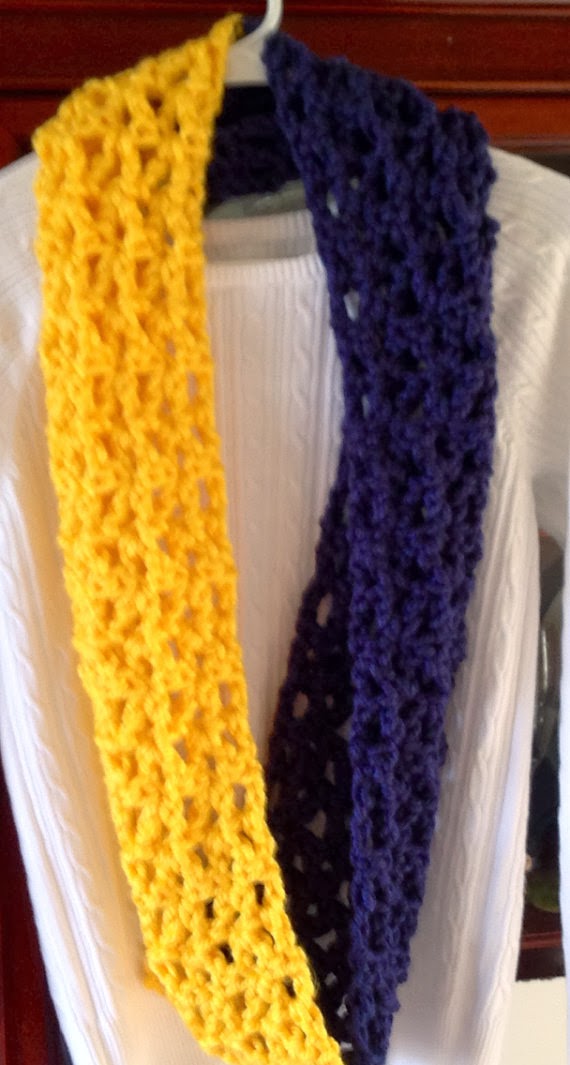Good afternoon! I love to share my quilting with others. I decided to share one of my favorite blocks with you! The Disappearing 9 patch. I love the geometric shapes in this block. There is enough interest to keep your eyes busy, but not so much that it is overwhelming. Don't worry! This is a beginner level quilt block. : )
I love to use this block for table runners and other small projects. Today I chose Fall colors. I separated my fabrics into 4 groups. Greens, browns, light neutrals, and warm colors (yellows, maroons, and oranges).
I have a ton of 6 inch squares that were sample fabrics.
Sample fabrics are a way for a fabric company to give you a taste of their new fabric line. These are the fabrics I chose.
I chose 9 squares of fabric to for this block. I like to alternate my squares by color value. The top row follows the pattern light, dark, light. The middle row is opposite; dark, light, dark. The bottom row mimics the top; light, dark, light. (Even though the green squares can be considered dark, the color looks light next to the maroon.) I also like to place a neutral color in the center of the block. I will explain why later.
Next, I sewed my squares together in rows, using a 1/4 inch seam allowance. I made sure I pressed my seams toward the center square, or the dark.
When I sewed the middle row together I pressed my seams toward the outer squares, also toward the dark.
This is a very important step! When I sew all the rows together, the seems will be "nested" or pressed in opposite directions.
This allows the seem to lay flat and line up between the rows.
My 9 patch is complete. I can stop there, but I would like to make this block more appealing to the eye.
Time to rearrange my block. I begin by measuring my center square. The center square measures 5 1/2 inches. I find the half way mark (2 3/4 inches) from the left edge of the center block. I center my 2 3/4 inch line of my ruler on the seam between the left column and center column, and cut the entire block down the center.
Next, I turn my cutting mat, find the 2 3/4 inch mark on my ruler, place that mark on the seam between the left and center squares, and cut the block in half. The block is now cut into fourths.
Almost finished! I now take 2 diagonal pieces of the block and rotate them. (I chose the pieces with the green square). The small white squares are now facing the outer edges of the block. This is why I like to choose a neutral color for the center. The contrast of the neutral color always makes the block "pop"! Much more interesting, in my opinion.
I think the block is so much more interesting in this configuration. Do you agree?
Hang in there! One more step, I promise. Now it is time to put the block back together. I sewed the top two pieces together, pressing the seam toward the green square. I sewed the bottom two pieces together, again pressing toward the green square. The seams are pressed to opposite sides of the block, allowing for the "nesting" to occur. Finally, I sewed the two rows together. Wha-La! A finished Disappearing 9 patch block. Isn't it interesting?
I hope you have enjoyed learning something new today. I know I have enjoyed sharing it with you!
Remember to share my blog with others. If you get a chance, please leave me a comment. Let me know if I explained things clearly, or if you have any questions.
I hope you have a creative adventure today!
Anni
































